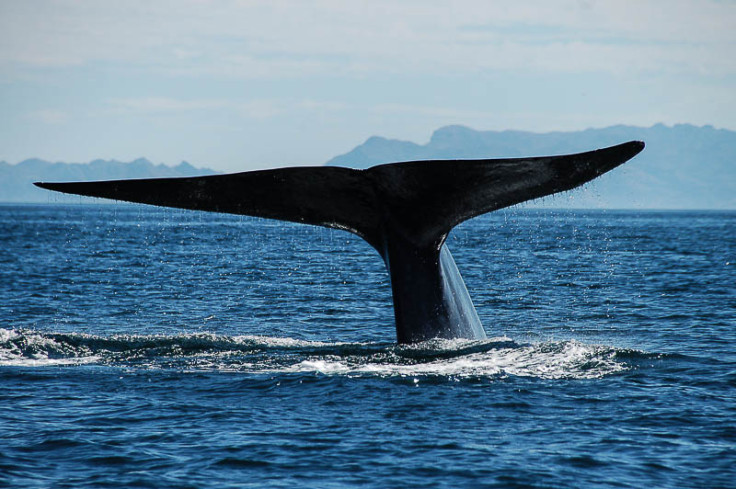Marine animals follow Cope's rule of evolving to bigger sizes over time

Marine animals evolve to get bigger over time, supporting Cope's rule, a study of over 17,000 groups of animals has shown.
Researchers at Stanford University spent over five years measuring and analysing creatures spanning 542 million years, through written descriptions and photographs looking to find out if Cope's rule – the theory that animal lineages evolve to larger sizes over time – holds true.
Their findings, published in the journal Science, showed that this was the case, with the mean size of marine animals increasing 150 times over the last 550 million years or so.
Previous research on terrestrial animals has shown the rule holds true, but whether or not this was the case in the ocean was not known.
Another theory that could account for the changes in size is that of neutral drift. Co-author Noel Heim, a postdoctoral researcher at Stanford, explained: "It's possible that as evolution proceeds, there really is no preference for being larger or smaller. What appears to be an increase in average body size may be due to neutral drift."
However, findings clearly showed an evolutionary preference for larger body size, with the growth pattern being observed from the start of the fossil record.
The pattern showed that not all groups of related species got bigger, but those that were bigger tended to become more diverse – possibly a result of the advantages that come with larger size such as being faster and stronger.
"It's really a story of the survival and diversification of big things relative to small things," Heim said.

Speaking to IBTimes UK, Heim said between about 500 and 250 million years ago, the largest animals tended to be fish. From this point, marine reptiles begin to show up on the fossil record that are much bigger than any of the fish or invertebrate species seen at this point.
He said their findings could provide evidence that the evolution of air-breathing could have had something to do with Cope's law.
"Then we see the same thing repeated when the marine mammals show up – the first whales were really big animals and they have maintained that upper size limit in the ocean," he said.
He said they believe marine creatures got bigger as they began breathing air: "Air has a lot higher concentration of oxygen than water does. And also the fusion of that oxygen from air into your tissue is much faster. We think that this increased metabolic rate that allows more oxygen is available so they can have more active lifestyles and hunt more easily with increased energy. They can get much bigger than other organisms that are breathing water."
Speaking about what they plan to look at next, Heim said they want to investigate extinction selection and how the ecology of animals influences the evolution of their body size.
"We're trying to find out if there are patterns through time where having a large body size either protects you from extinction or makes you more susceptible to extinction in particular in mass extinction intervals."
© Copyright IBTimes 2025. All rights reserved.






















